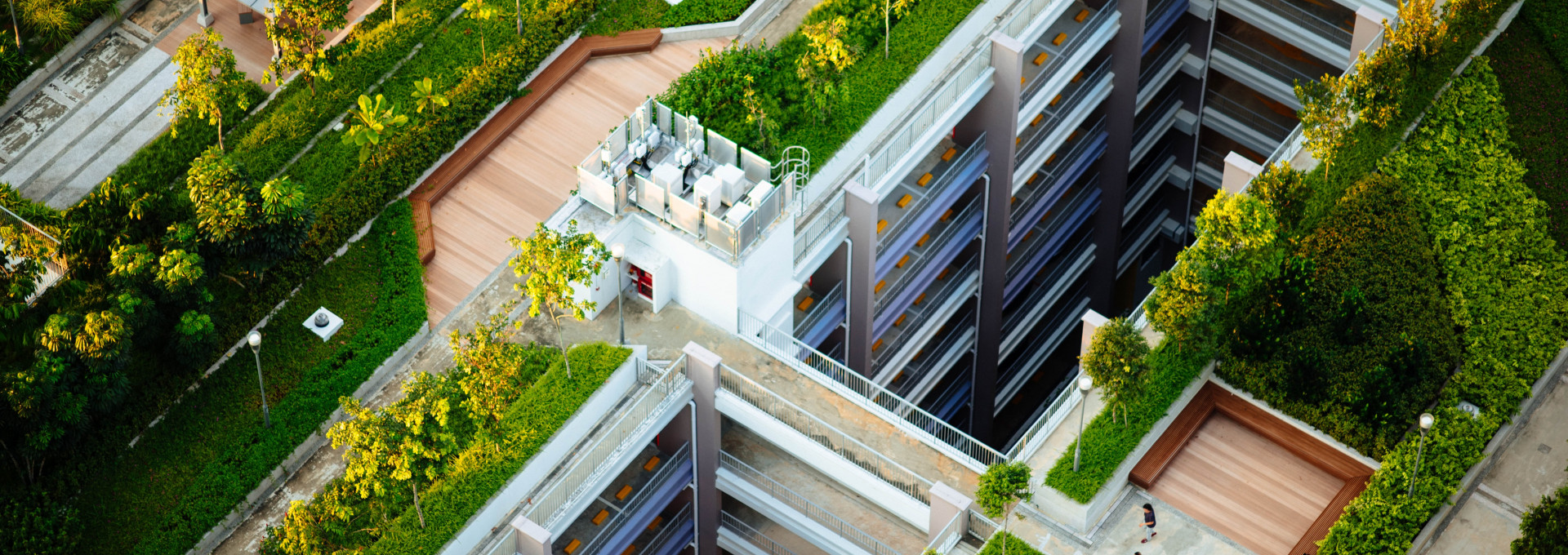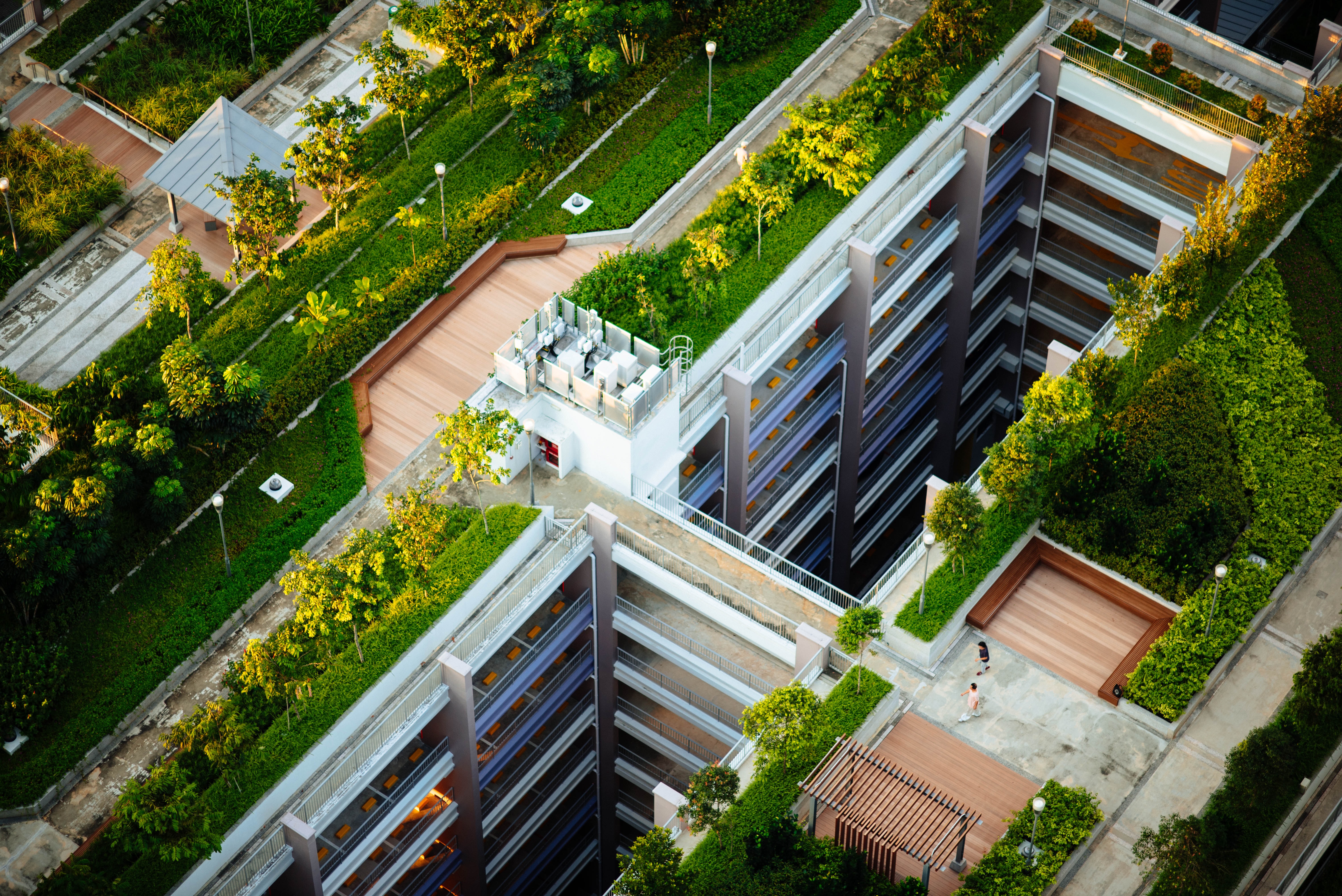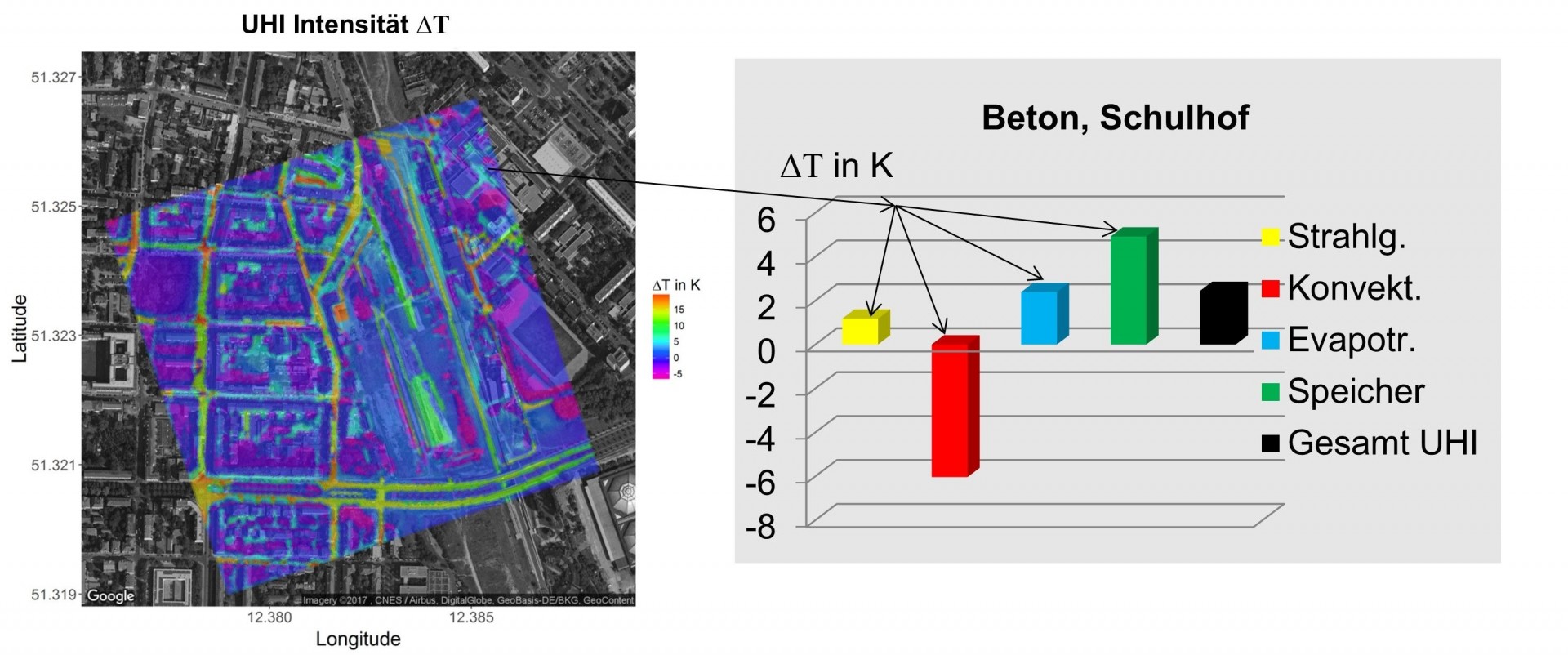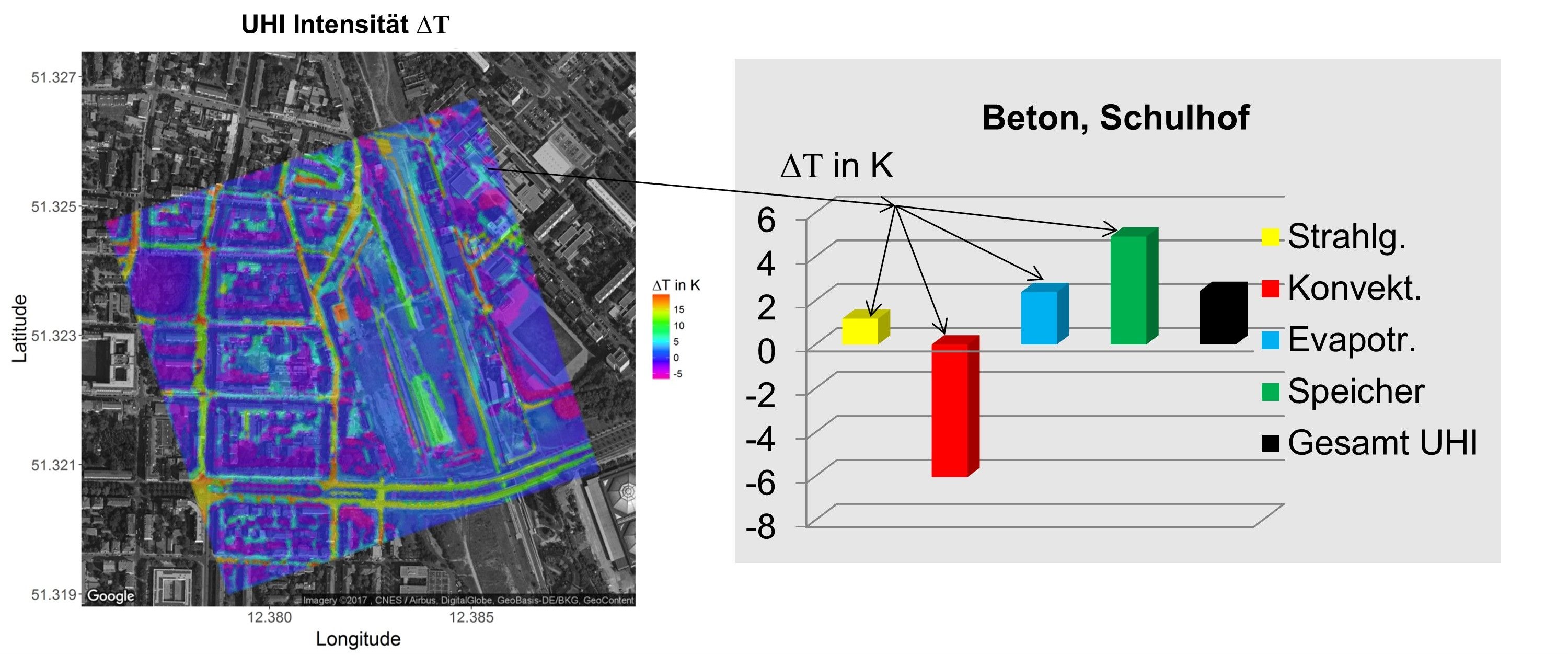



November is here, but winter is still nowhere to be seen. According to Germany’s National Meteorological Service, even October was already too warm. As a result of climate change, winters are becoming shorter and shorter and extreme weather events such as heat waves are occurring more frequently, especially in the summer months— with notable consequences for cities and their residents. How does the heat affect a city and the people who live there? And what do cities need to look like in the future so that we can continue living in them? These questions are being researched by meteorologist Daniel Hertel from the Helmholtz Centre for Environmental Research (UFZ).
Mr. Hertel, why are you researching the effects of heat in cities?
I have always been fascinated by climate extremes such as heat events. They show both the beauty and power of nature. Climate change also confronts us with major challenges in our cities, however. They are becoming what we call "heat islands," places where it is even hotter than the surrounding area. I would like to do my part towards keeping cities worth living in.
Why do cities heat up faster than their surroundings?
The materials used in the city are one reason. Concrete, glass, and metal surfaces store a great deal of heat and seal a large portion of the surface area. As a result, less water can evaporate to cool the city. Buildings and streets absorb sunrays, store this energy, and release the heat back into the surrounding air. Glass facades, in particular, can reflect the concentrated sunlight on a single point—much like a magnifying glass—thereby causing a rise in temperature. Even the colors of a city can influence the temperature, as dark facades heat up faster than light-colored ones. Waste heat from air conditioners and car exhaust fumes bring the cities into even more of a sweat.


How dangerous are heat islands for urban residents?
When there is low air exchange and little wind, cities can become heat islands. This leads to an accumulation of pollutants in the air that damage the respiratory tract, which is particularly dangerous for people who suffer from asthma. The temperatures are often extremely hot around the middle of the day. This makes it not only difficult to breathe, but also to think. So productivity decreases when our buildings heat up. The heat that accumulates near the ground during the day rises at night, causing high temperatures that often lead to "tropical nights." Many people have trouble sleeping during these nights, with temperatures at over 20 degrees Celsius. These people miss out on important rest periods. The more frequently these nights occur, the more difficult it is for our body to regenerate, but this regeneration is important for our health. In worst-case scenarios, this can lead to cardiovascular diseases or kidney failure. For example, during the 2018 heat wave, lung failure was one of the major causes of death. It is not only sick and elderly people who particularly suffer from such nights, but also the working population and children. While older people can adapt more easily, for example by staying at home, this is usually not possible for those who work.
How hot can heat islands become?
This varies by heat wave and location. In a large city like Leipzig, where I do my research, overheating of six to eight degrees compared to the surrounding regions can occur during the day. I also remember the heat wave of the summer of 2019 very clearly. I was at Frankfurt's central station around afternoon and at over 40 degrees the temperatures were almost unbearable, because the heat had also accumulated under the station's roof. Areas like the Ruhr Valley are often hit particularly hard because such regions constitute very dense metropolitan areas with strongly sealed surface areas, which allows large amounts of heat to be stored. The exact temperature actually plays more of a subordinate role. The decisive factor is the frequency of the heat waves. If these follow each other closely, a city can only cool down very slowly, which increases the heat stress on the human organism.
Is climate change causing these to occur more frequently?
Yes, weather patterns are changing due to the global rise in temperatures, which leads to more high-pressure areas. These provide favorable conditions for longer and more frequent heat waves and facilitate the formation of heat islands. This leads to a continuous heat load, especially in cities, because temperatures can cool only slowly. In short, climate change is increasing the frequency and intensity of heat islands. Heat islands are occurring more often in smaller cities as well.
How long do heat islands last, and does this affect cities in the fall and winter?
A heat island can persist as long as the weather conditions, such as low air exchange, low wind speed and cloudless skies, allow. These conditions can last from a few days up to several weeks. Studies have shown that above a certain wind speed it is no longer possible for heat islands to develop. The threshold depends on the size of the city. In Leipzig it is approximately eight meters per second, or about 29 kilometers per hour. Heat islands are not always caused by heat waves, though. Under certain conditions, cities can be warmer than the surrounding areas even in winter, although to a noticeably weaker degree. Apartment heating is one of the factors that plays a particularly important role here.
Are specific measures in place? What could a city of the future look like?
Cities of the future need a green infrastructure, meaning parks, city trees and also facade and roof greening. Many cities have considerable room to improve on the point of urban planning. We are currently at work researching a range of concepts and measures in response. Specifically, we are looking at various urban districts to investigate how adjustment measures mitigate local overheating. We are developing a tool that enables urban planners, depending on the local situation, to implement and evaluate customized heat-reduction measures. This includes the Bayerische Bahnhof in Leipzig, a historic railway station, where the brownfield site from the former railroad is planned for redevelopment. Another future concept is the "sponge city," a district where all rainwater is retained by green roofs, waterways, and seepage basins. This method relieves the burden on sewer systems during heavy rain. A further advantage is that the retained water is available more quickly during periods of drought and its evaporation provides cooling. At the UFZ, we are currently investigating the effects of green roofs and we have created our own green roof for research purposes.
Besides more green space, are there other factors that create better climate in cities?
Another fascinating possibility are intelligent building facades that independently regulate their light- and heat permeability and react to their environment. The "Futurium Berlin" and the Technical University (TU) of Darmstadt's new "Neue Mitte Campus Lichtwiese" are examples of buildings that already use this kind of smart facade. It is also important to keep airways clear in order to guarantee the exchange of air in the city. In Leipzig, for example, this would be the Leipzig Auwald riverside forest area. Of course, the behavior of the city's inhabitants themselves is also a factor, which is why it is important to create awareness. Measures such as shading the windows are also essential.
What are you currently researching in the Climate Initiative?
I am investigating the question of what the climate-adapted city of the future precisely needs. My main focus is on near-ground heat islands. These are very distinct and especially hot, particularly during the day. I am investigating the effects of heat islands on a small scale; in other words, at the level of the individual city district. My district is the Bayerische Bahnhof in Leipzig.


Why is that?
I am mostly interested in how heat islands are created. I look at the processes that are behind the phenomenon and use these to create maps for the district. These processes include high heat storage, little shade, and a lack of evaporation, to name a few examples. Using this method, I can see which process is the predominant one and what specific measure is necessary to reduce the heat precisely and at a local level. This last part is important, because the complex development structures of the individual cities mean that targeted climate adjustment can only take place at the local level. I can use this information to derive practical action recommendations for the city of Leipzig and its stakeholders.